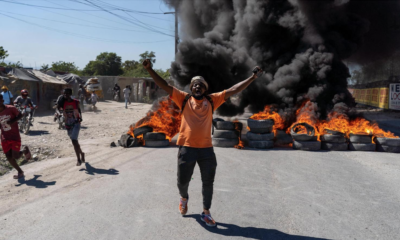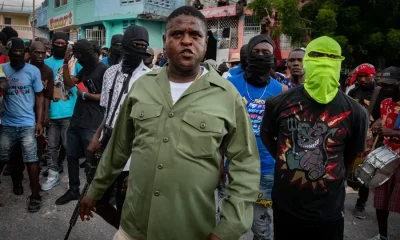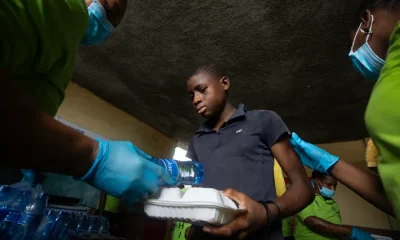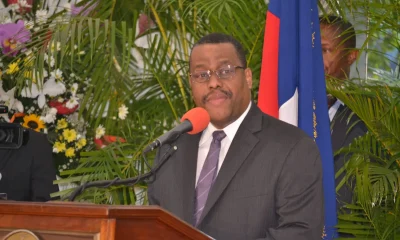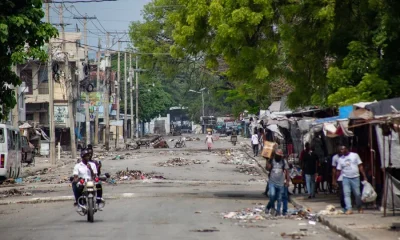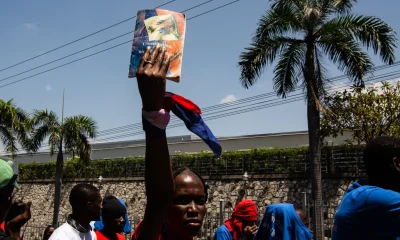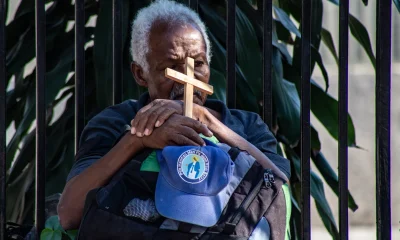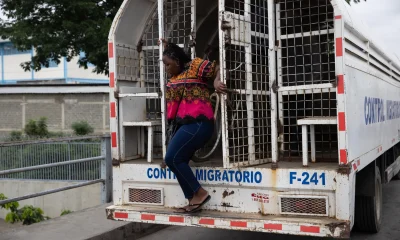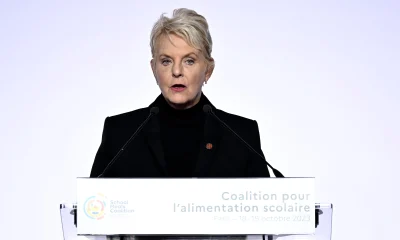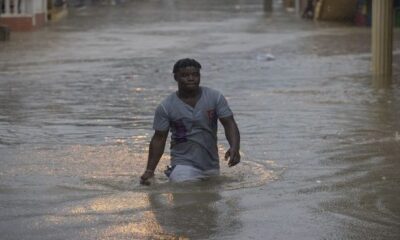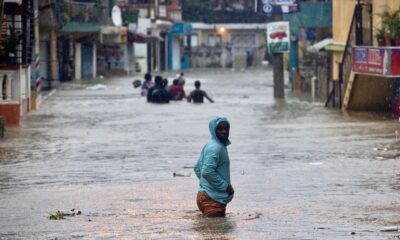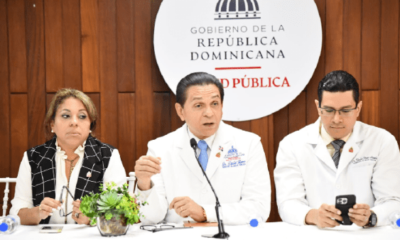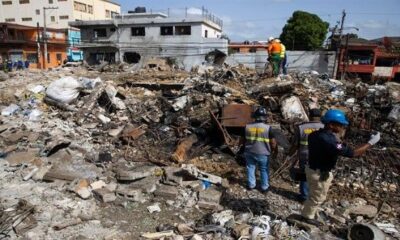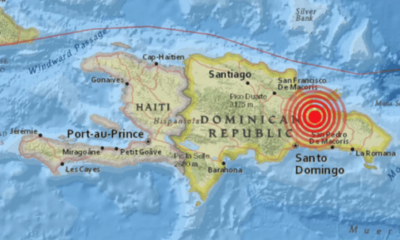International
Dominican Republic expresses willingness to dialogue with Haiti about canal
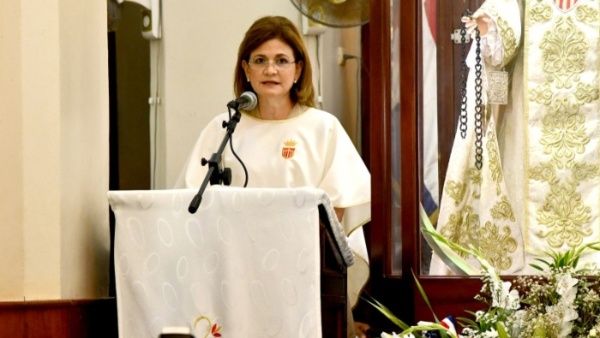
September 25 |
Dominican authorities expressed on Sunday the willingness to dialogue on the contradictions arising from the construction of a canal by Haiti in the border Masacre River.
After leaving a mass at the shrine of the Virgen de las Mercedes, located in the province of La Vega, Vice President Raquel Peña said that the Dominican people have been “the most supportive with Haitian brothers and sisters”.
In this sense, the high official added that the administration agrees with what was expressed in the mass by the Apostolic Nuncio Piergorgio Bertoldi, who called for dialogue. However, Peña stressed the need “not to make decisions unilaterally as they are doing”.
On September 15, the Dominican government established the complete closure of the air, sea and land borders with Haiti, in order to demand the halt of the Haitian project.
For its part, the Haitian National Police (PNH) announced the Temporary Anti-Gang Unit that will confront the gangs with specialized units in the midst of the violent context.
“This unit, whose specific mission is to dismantle gang houses throughout the metropolitan region in Port-au-Prince and its surroundings, as well as in other regions of the country,” the authorities informed.
Dominican President Luis Abinader has called on multiple occasions and scenarios for the deployment of an international force in Haiti, which has been supported by the United Nations.
International
Floods in Central Vietnam leave 28 dead, thousands displaced
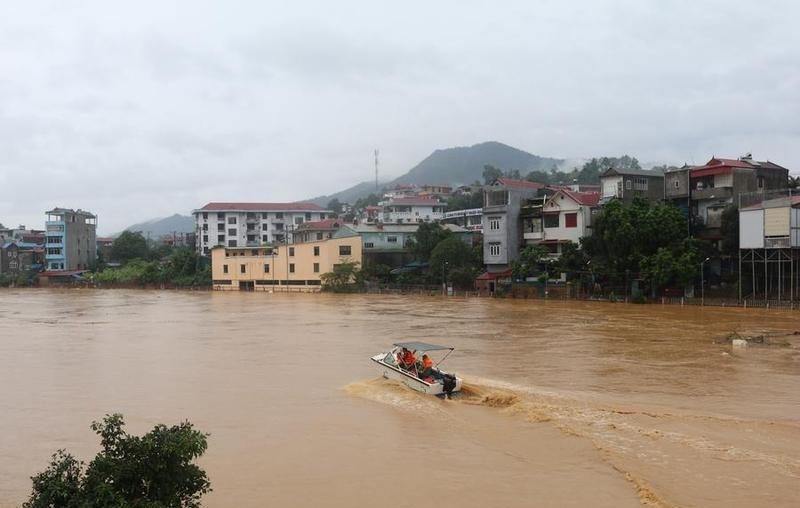
The death toll from heavy rains and flooding in central Vietnam has risen to 28, with six people reported missing and 43 injured, local newspaper VnExpress reported Friday night.
More than 22,100 homes remain flooded, primarily in the cities of Hue and Da Nang. Floods and landslides have destroyed or swept away 91 houses and damaged another 181, the report added.
Around 245,000 households are still without electricity, particularly in Da Nang, where over 225,000 homes are affected.
Additionally, 80 stretches of national highways are blocked or disrupted due to landslides. Authorities expect the flooding to continue for another day or two in the region.
International
FBI foils ISIS-Inspired attack in Michigan, arrests five teens
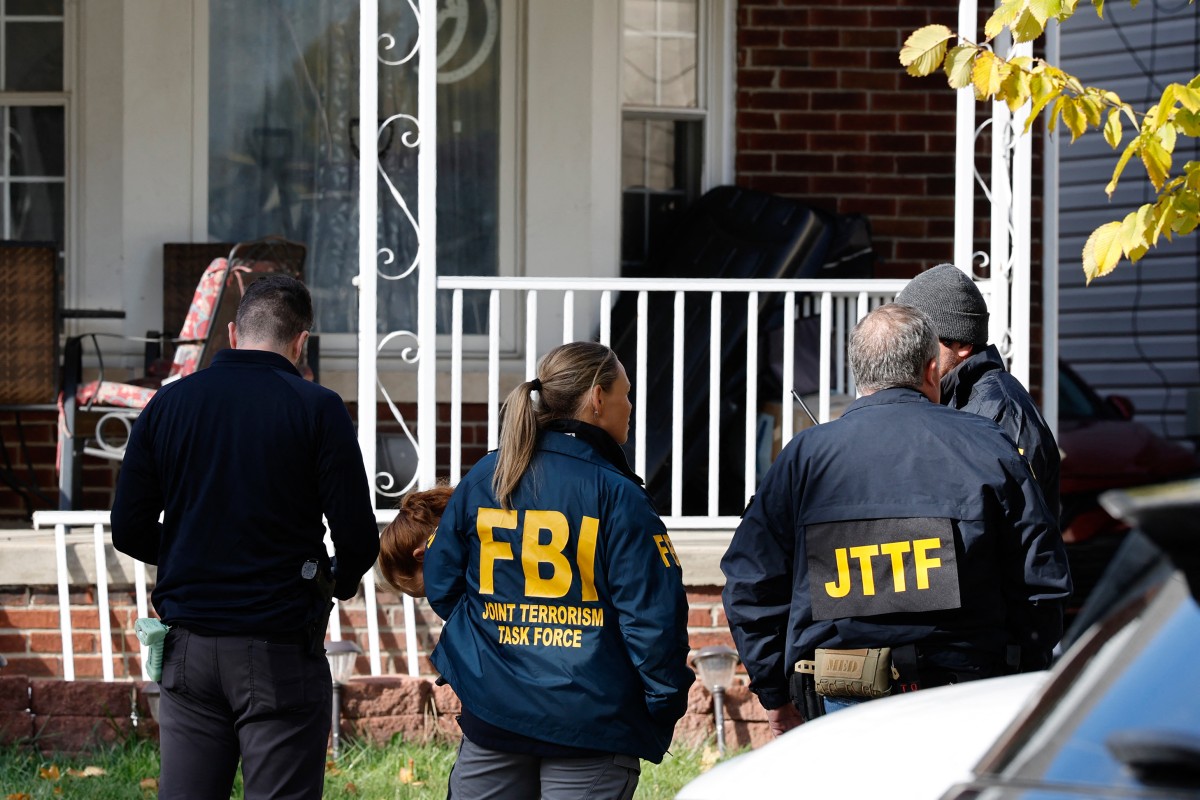
Kash Patel did not provide further details, but police sources told CBS News that the potential attack was “inspired” by the Islamic State (ISIS).
“This morning, the FBI thwarted a potential terrorist attack and arrested several individuals in Michigan who were allegedly planning a violent attack during the Halloween weekend,” Patel wrote on X.
“Thanks to swift action and close coordination with our local partners, a possible terrorist act was prevented before it could be carried out,” he added.
CBS reported that five people between the ages of 16 and 20 were arrested on Friday. At least one of them was reportedly acquainted with a former member of the Michigan National Guard, who was arrested in May for plotting an ISIS-inspired attack on a U.S. military facility in the Detroit suburbs.
International
U.S. warns China over Taiwan during high-level defense talks in Kuala Lumpur
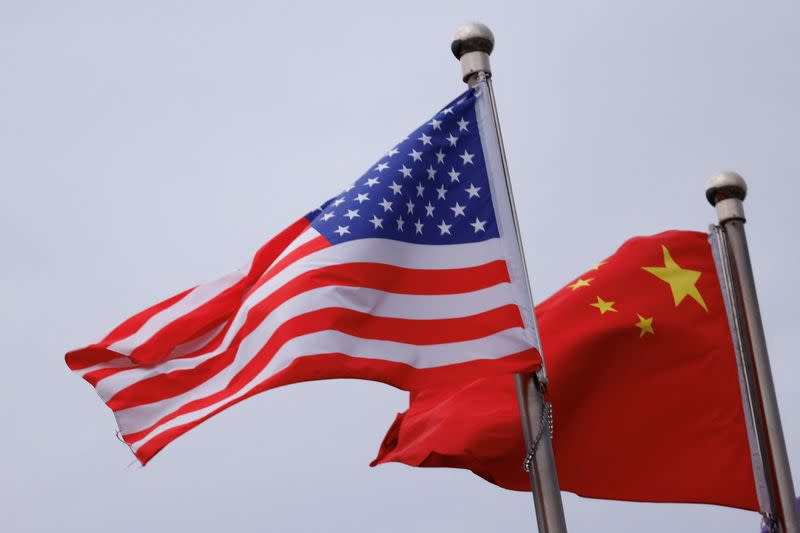
U.S. Secretary of Defense Pete Hegseth expressed concerns over China’s growing military activity near Taiwan during a meeting on Friday with Chinese Defense Minister Dong Jun in Kuala Lumpur.
“It was a constructive and positive meeting,” Hegseth wrote on X. “I emphasized the importance of maintaining a balance of power in the Indo-Pacific and raised U.S. concerns about China’s actions around Taiwan,” the self-governed island that Beijing claims and does not rule out invading.
The meeting took place on the sidelines of the ASEAN Defense Ministers Meeting-Plus, one day after U.S. President Donald Trump met Chinese President Xi Jinping in Busan, South Korea. According to Trump, Taiwan was not discussed during their talks.
“The United States does not seek conflict and will continue to firmly defend its interests, ensuring it maintains the capability to do so in the region,” Hegseth added in his message.
Friday’s encounter followed a September 9 video call between Hegseth and Dong. Their previously planned meeting at the Shangri-La Dialogue in Singapore was canceled due to Dong’s absence from the event.
Trump’s sit-down with Xi — their first since 2019 — resulted in some trade agreements but avoided addressing the issue of Taiwan, a long-standing source of tension between the world’s two largest powers.
Trump has taken a more ambiguous stance on Taiwan’s future compared with former President Joe Biden, who repeatedly stated that Washington would support Taipei if China launched an invasion. The Republican president has also criticized Taiwan for “stealing” the U.S. semiconductor industry.
-

 International4 days ago
International4 days agoJamaica faces widespread destruction as hurricane Melissa hits the island
-
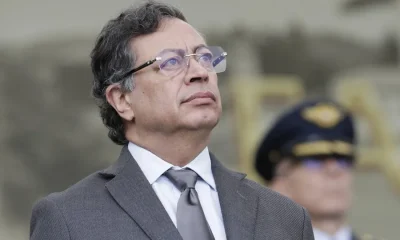
 International5 days ago
International5 days agoColombian president Gustavo Petro denies alleged ties to criminal networks
-
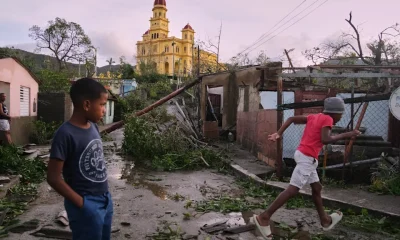
 International1 day ago
International1 day agoHurricane Melissa kills over 30, leaves thousands displaced in the Caribbean
-
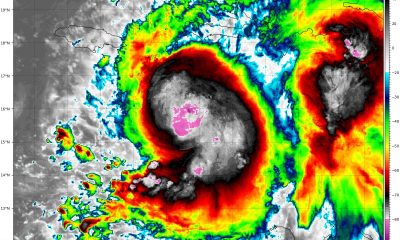
 International3 days ago
International3 days agoMelissa leaves path of destruction in Caribbean, 735,000 evacuated in Cuba
-

 International5 days ago
International5 days agoMexican journalist reporting on drug cartels killed in Durango
-
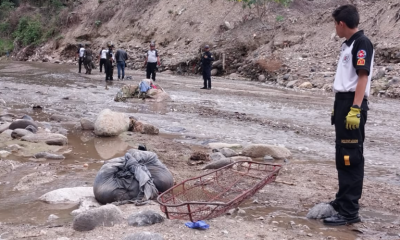
 Central America4 days ago
Central America4 days agoNew dismembered bodies found in San Juan river days after mass killing in Palencia
-
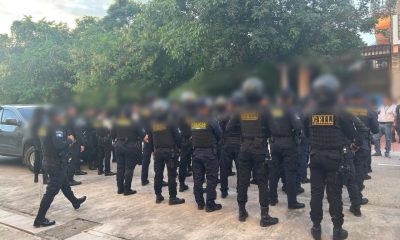
 Central America4 days ago
Central America4 days agoFour guatemalan soldiers arrested for stealing weapons from Northern Air Command
-
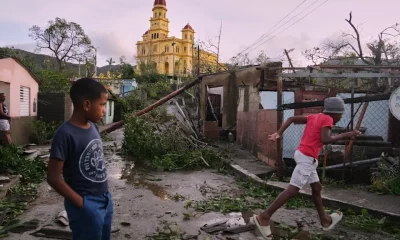
 International2 days ago
International2 days agoHurricane Melissa leaves Jamaican residents homeless as recovery efforts begin
-

 Central America4 days ago
Central America4 days agoArévalo accuses Porras and judge of undermining democracy in Guatemala
-
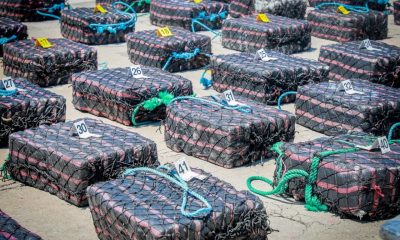
 Central America5 days ago
Central America5 days agoEl Salvador cracks down on narcotics: 24 tons confiscated in major anti-drug operation
-

 International3 days ago
International3 days agoArgentina’s Milei opens dialogue with parties to push “Second-Generation Reforms”
-
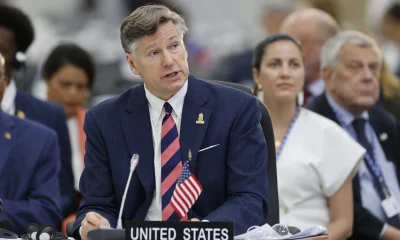
 International2 days ago
International2 days agoUS Deputy Secretary criticizes Mexico’s call to end Cuba trade embargo at UN
-
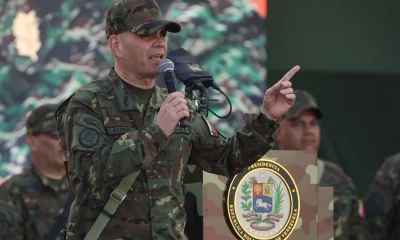
 International2 days ago
International2 days agoVenezuela warns citizens who call for invasion risk losing nationality
-

 Central America5 days ago
Central America5 days agoEl Salvador’s FGR prosecutes 89,875 gang members under state of exception
-
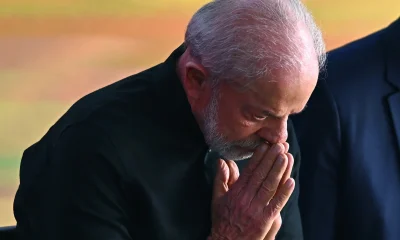
 International2 days ago
International2 days agoBrazilian president defends coordinated anti-drug operations after deadly Rio raid
-

 International2 days ago
International2 days agoTrump orders immediate U.S. nuclear testing, ending 30-year moratorium
-
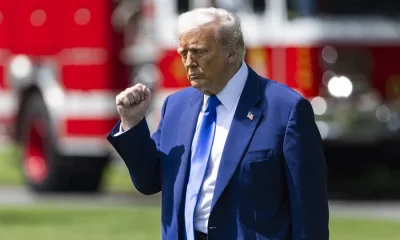
 International1 day ago
International1 day agoU.S. considering airstrikes on military sites in Venezuela, reports say
-

 International1 day ago
International1 day agoTrump sets historic low refugee cap at 7,500, prioritizes white South Africans
-
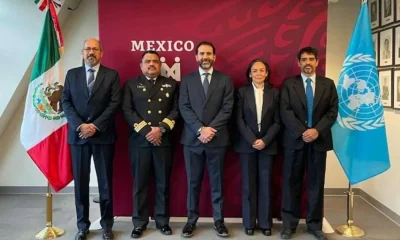
 International2 days ago
International2 days agoMexico advances continental shelf claims at UN Commission in New York
-

 International1 day ago
International1 day agoU.S. warns China over Taiwan during high-level defense talks in Kuala Lumpur
-

 International2 days ago
International2 days agoSimeón Pérez Marroquín, ‘El Viejo,’ detained for role in Miguel Uribe Turbay assassination plot
-

 International1 day ago
International1 day agoUNICEF: Over 700,000 children affected by Hurricane Melissa in the Caribbean
-
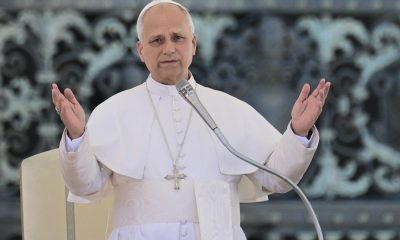
 International1 day ago
International1 day agoPope Leo XIV revives Global Compact on Education to confront cultural crisis
-

 International6 hours ago
International6 hours agoFloods in Central Vietnam leave 28 dead, thousands displaced
-

 International6 hours ago
International6 hours agoFBI foils ISIS-Inspired attack in Michigan, arrests five teens































